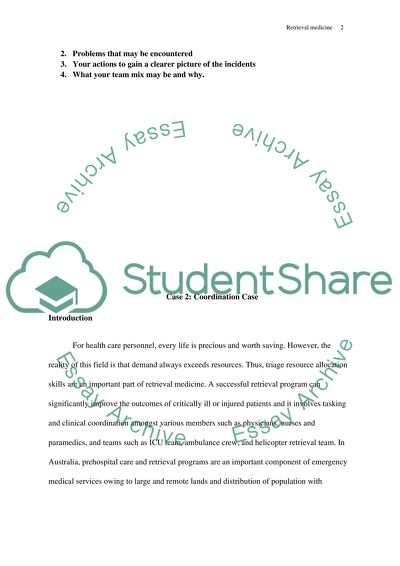Cite this document
(“Retrieval Medicine for Critical care Paramedic Essay”, n.d.)
Retrieved from https://studentshare.org/health-sciences-medicine/1400864-retrieval-medicine-for-critical-care-paramedic
Retrieved from https://studentshare.org/health-sciences-medicine/1400864-retrieval-medicine-for-critical-care-paramedic
(Retrieval Medicine for Critical Care Paramedic Essay)
https://studentshare.org/health-sciences-medicine/1400864-retrieval-medicine-for-critical-care-paramedic.
https://studentshare.org/health-sciences-medicine/1400864-retrieval-medicine-for-critical-care-paramedic.
“Retrieval Medicine for Critical Care Paramedic Essay”, n.d. https://studentshare.org/health-sciences-medicine/1400864-retrieval-medicine-for-critical-care-paramedic.


